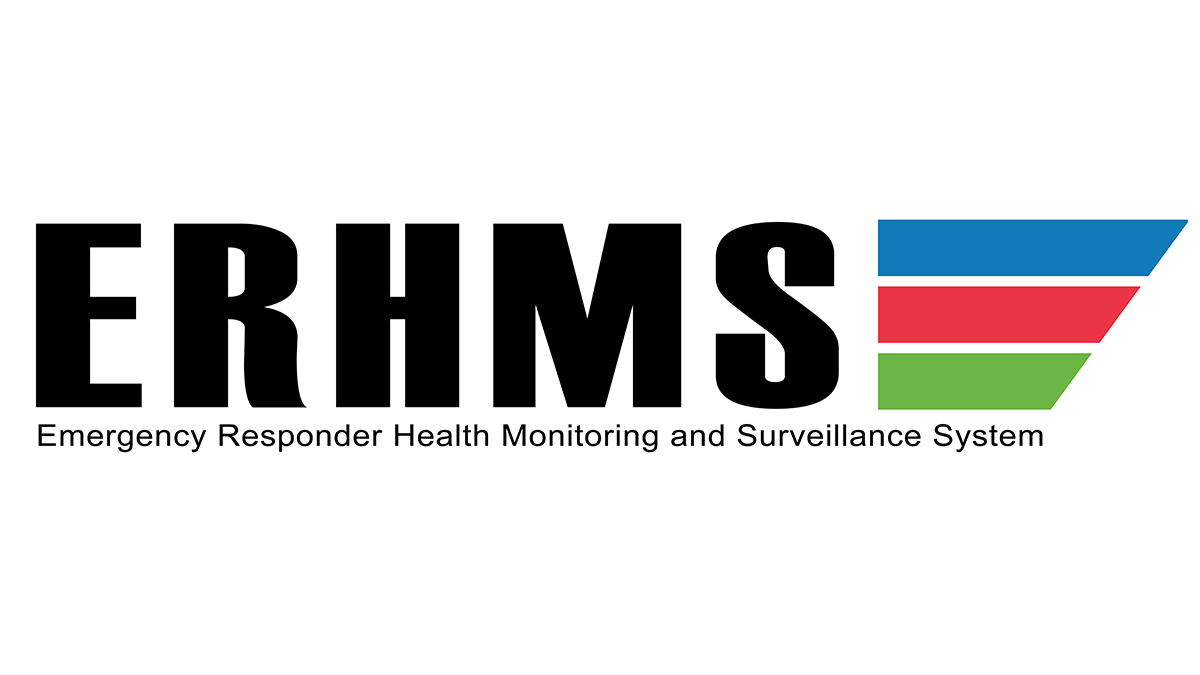Key points
- The Emergency Responder Health Monitoring and Surveillance (ERHMS) framework provides recommendations for protecting emergency response and recovery workers.
- ERHMS includes recommendations for all phases of a response, including pre-deployment, deployment, and post-deployment.
- Anyone involved in deploying and protecting emergency response and recovery workers can use the framework.

Why it's important
There are significant gaps and deficiencies in health monitoring and surveillance of emergency response and recovery workers. Examples of these workers include:
- Police
- Firefighters
- Emergency medical personnel
- Cleanup, repair, restoration, and recovery workers
- Volunteers
Emergency response and recovery workers must be protected from hazardous conditions when responding to disasters and other emergencies. A plan for health monitoring and surveillance is essential to their health and safety.
Recognizing this, the National Institute for Occupational Safety and Health (NIOSH) worked with partners to develop the ERHMS framework. Partners include the U.S. National Response Team and several federal agencies, state health departments, labor unions, and volunteer emergency responder groups.
